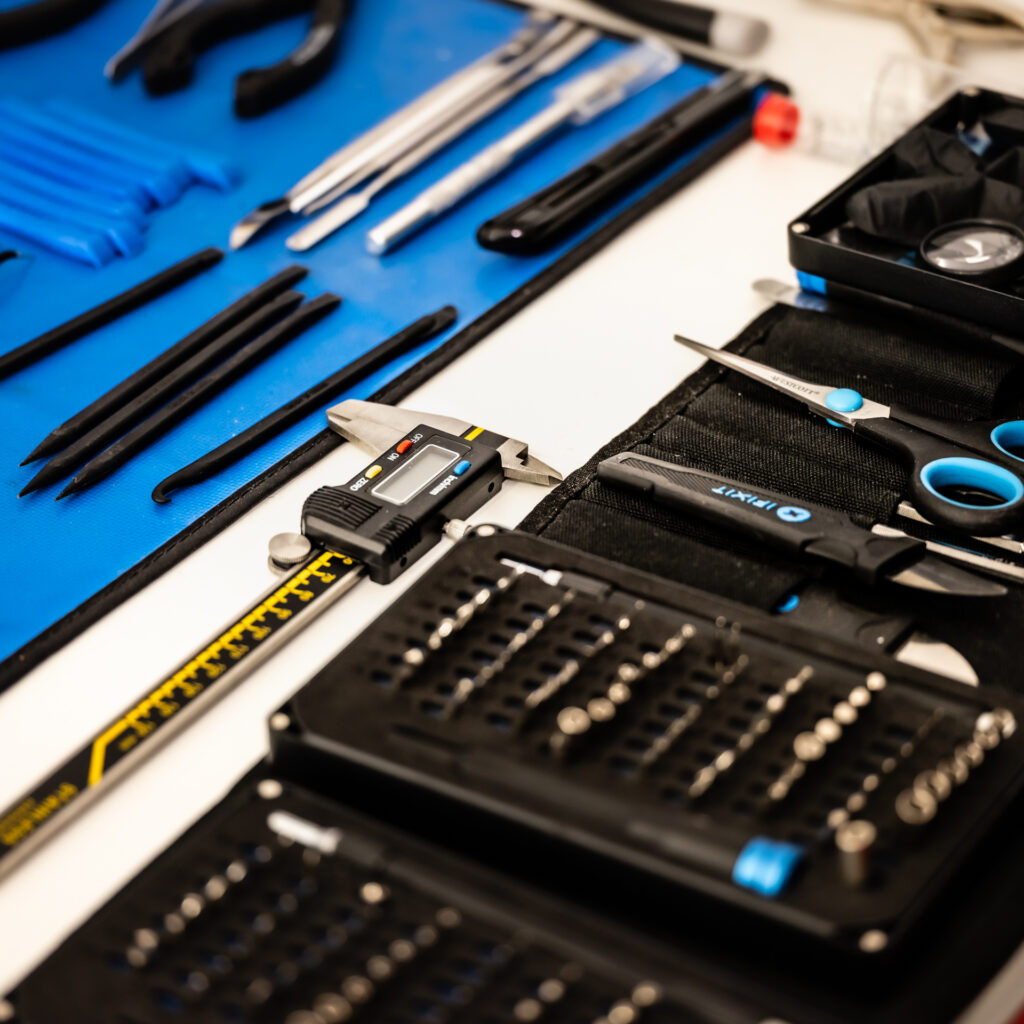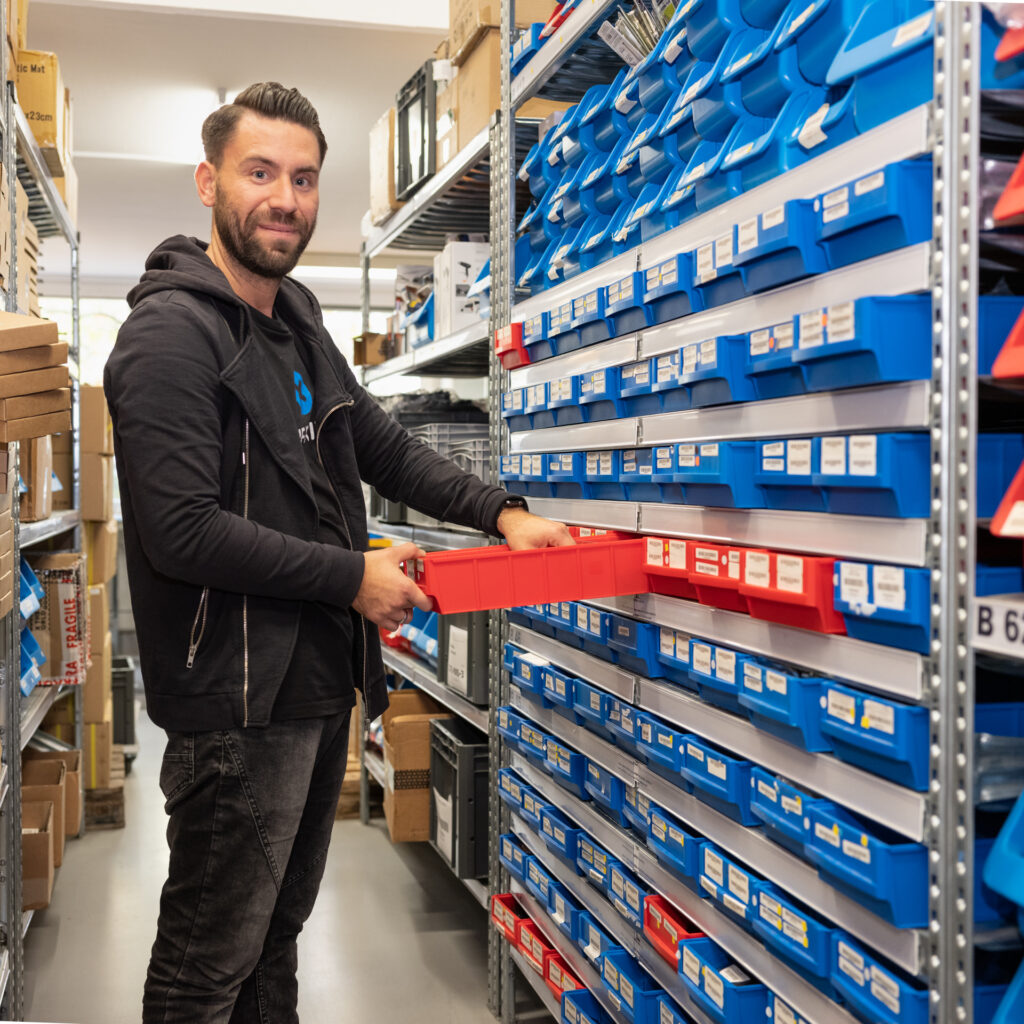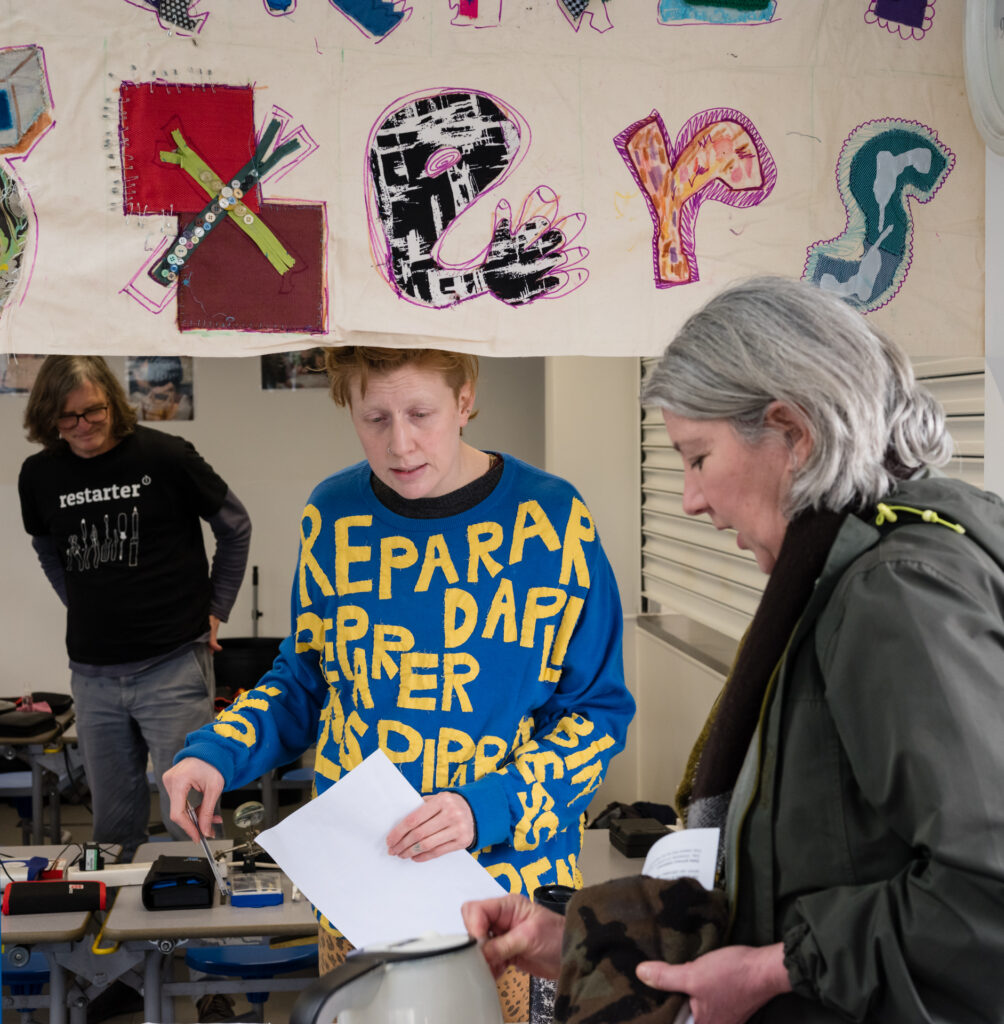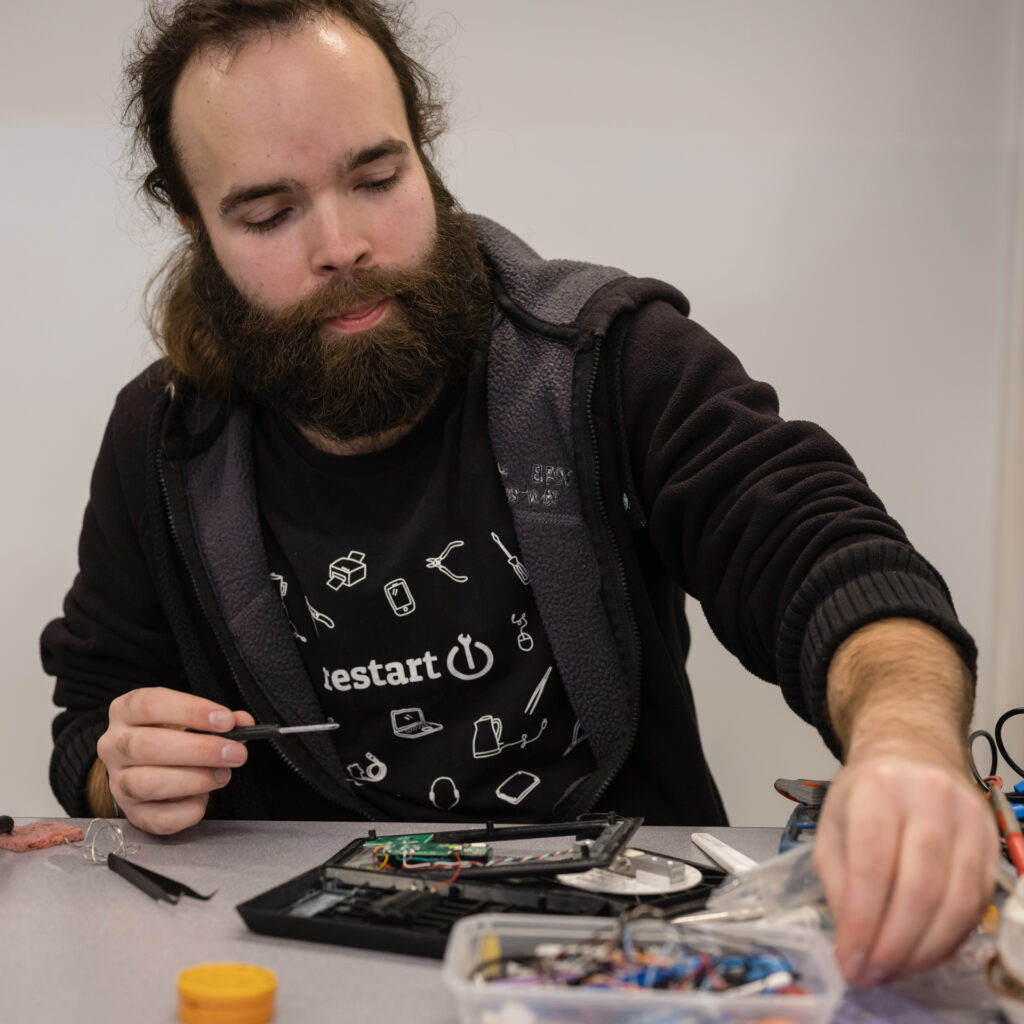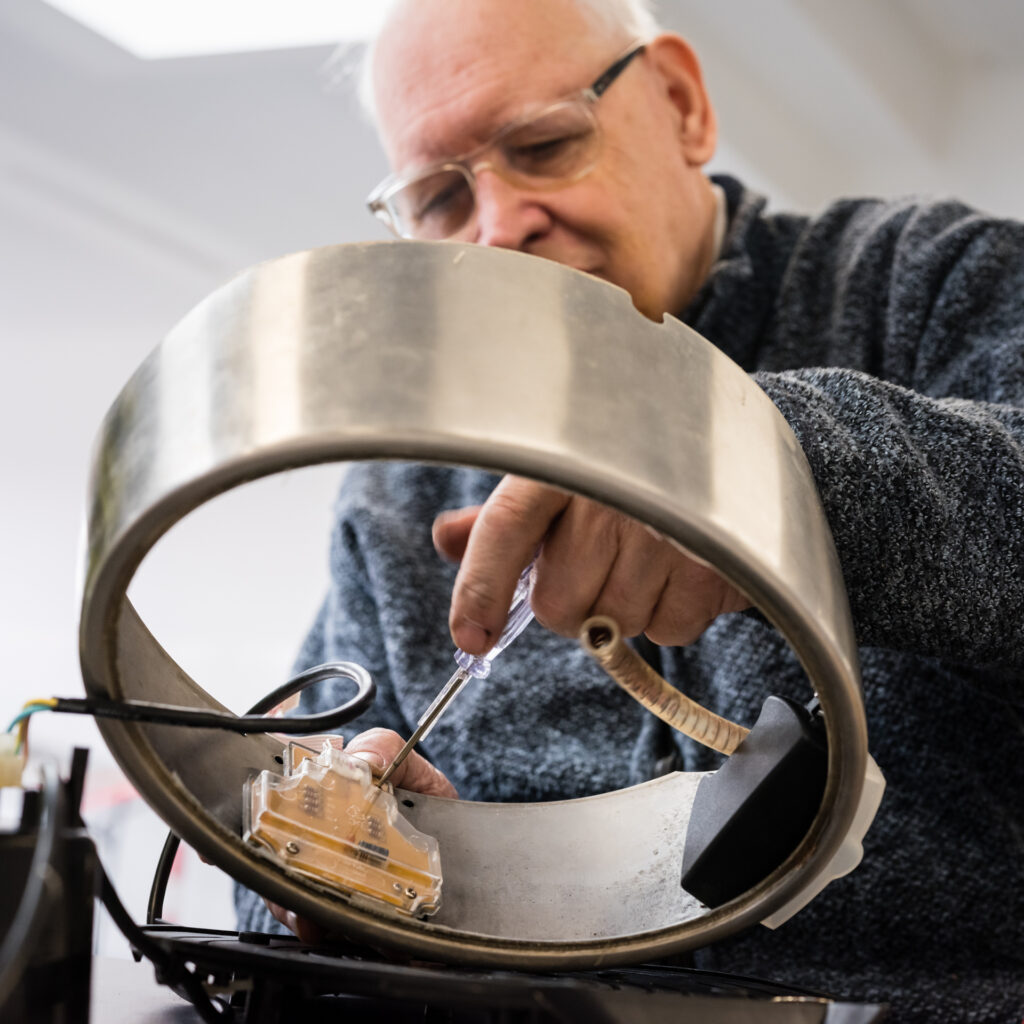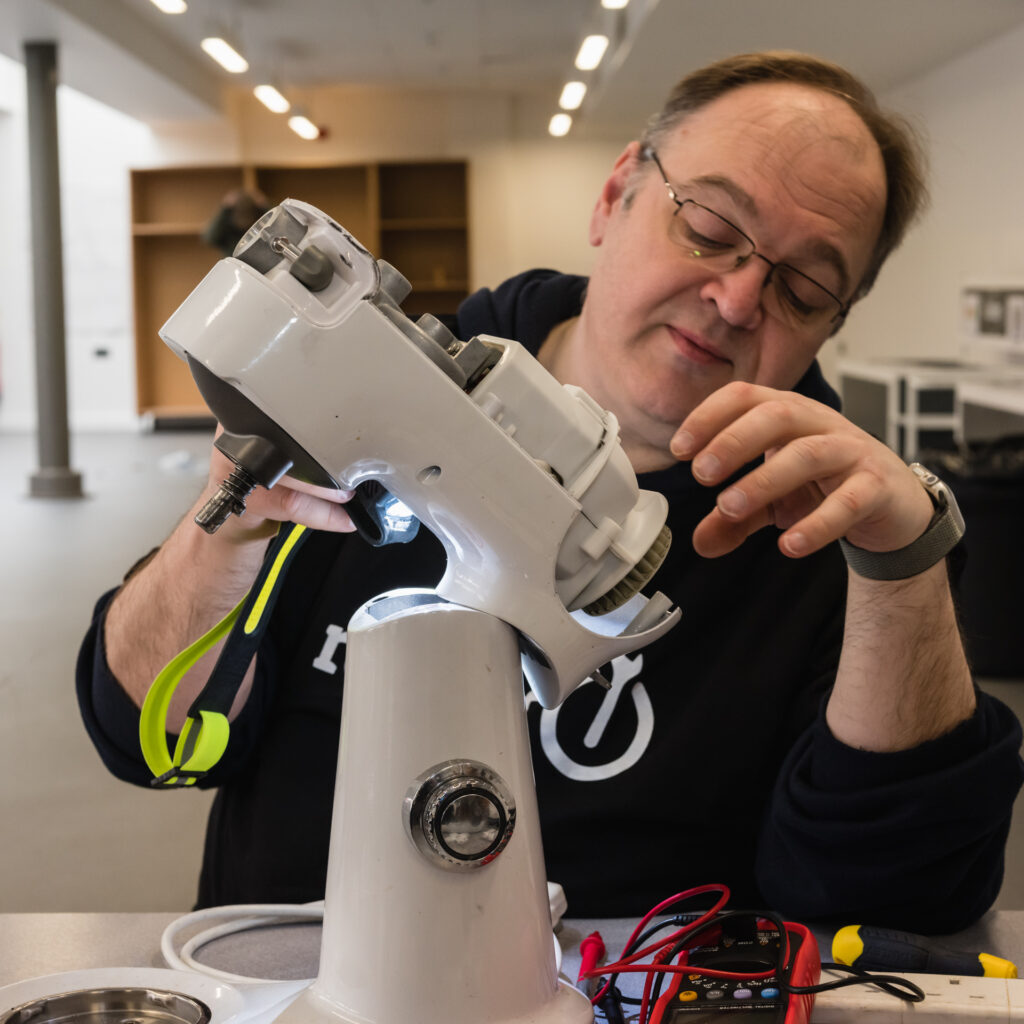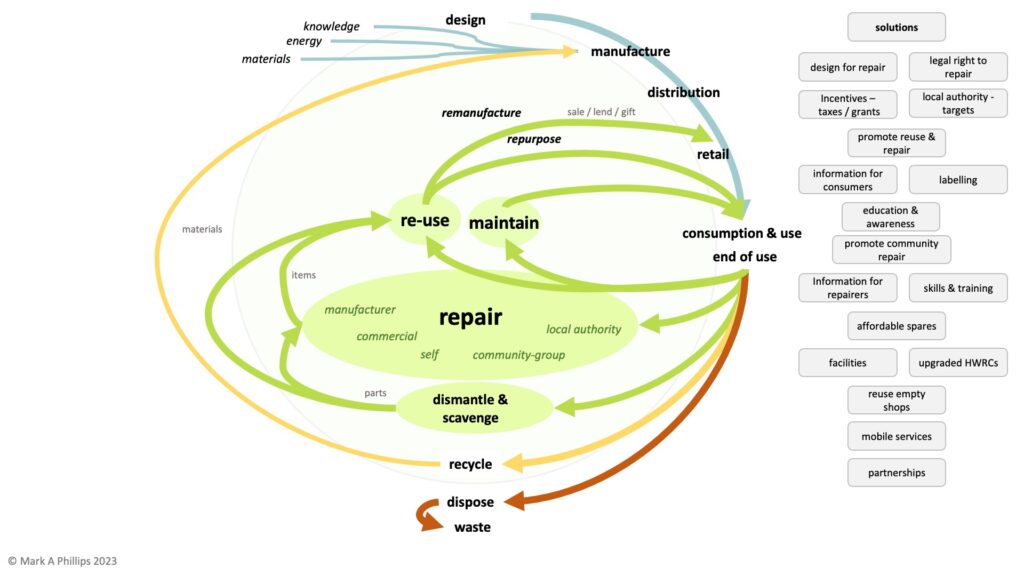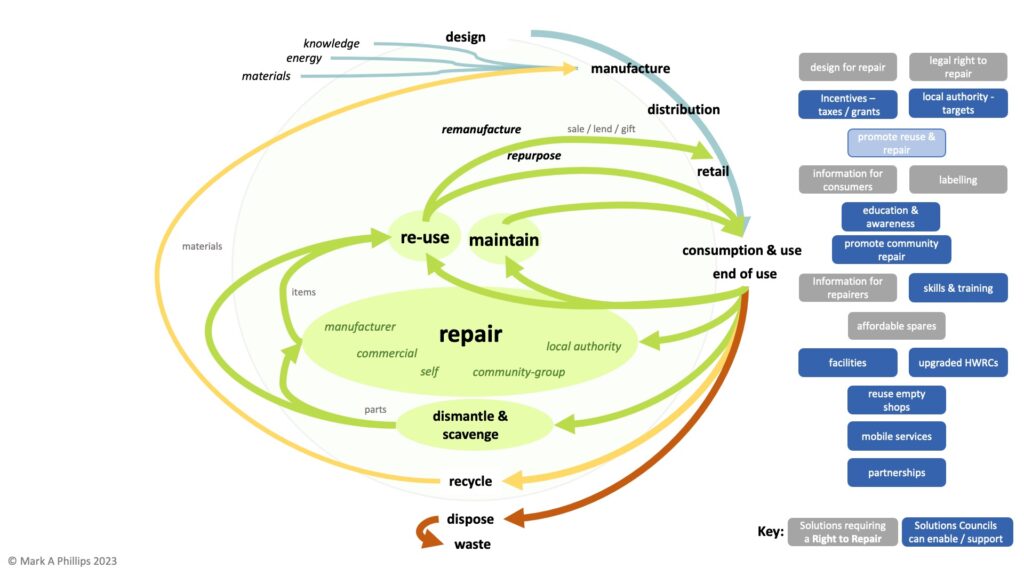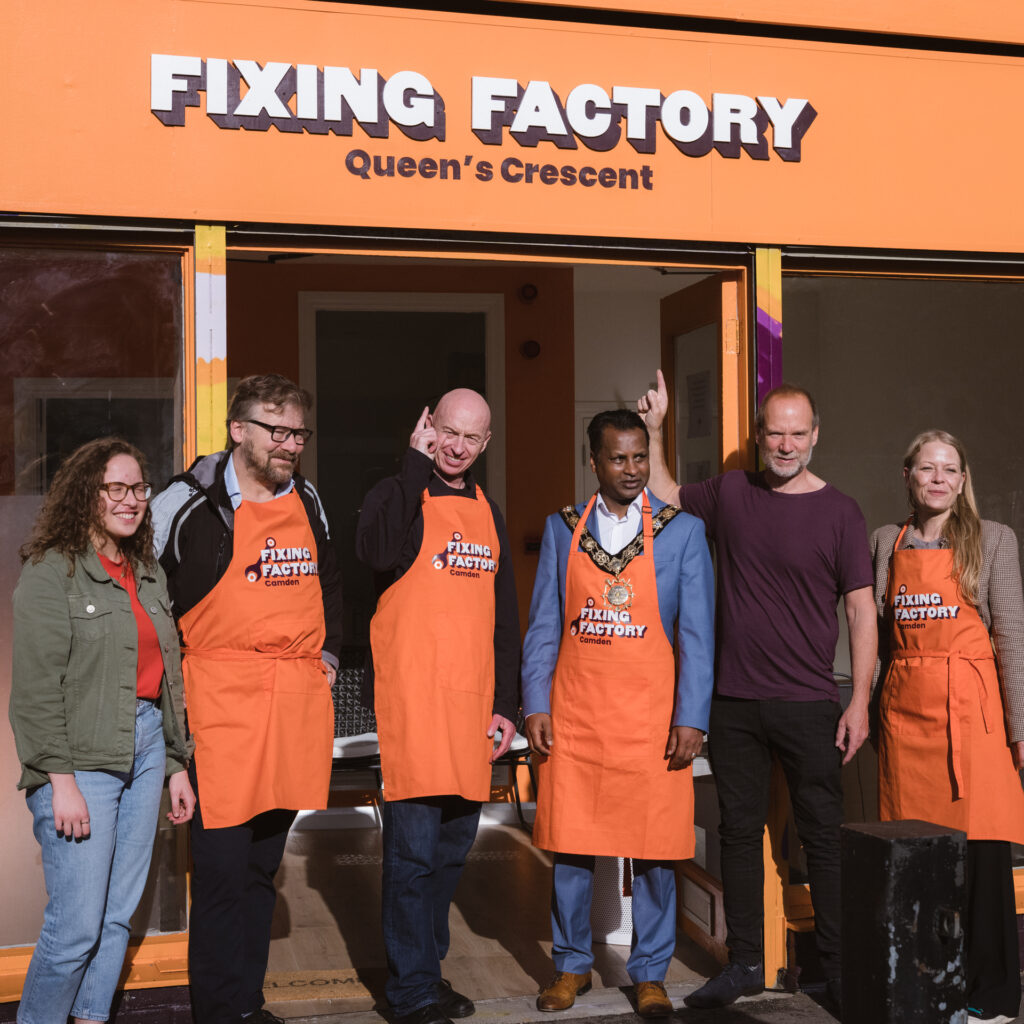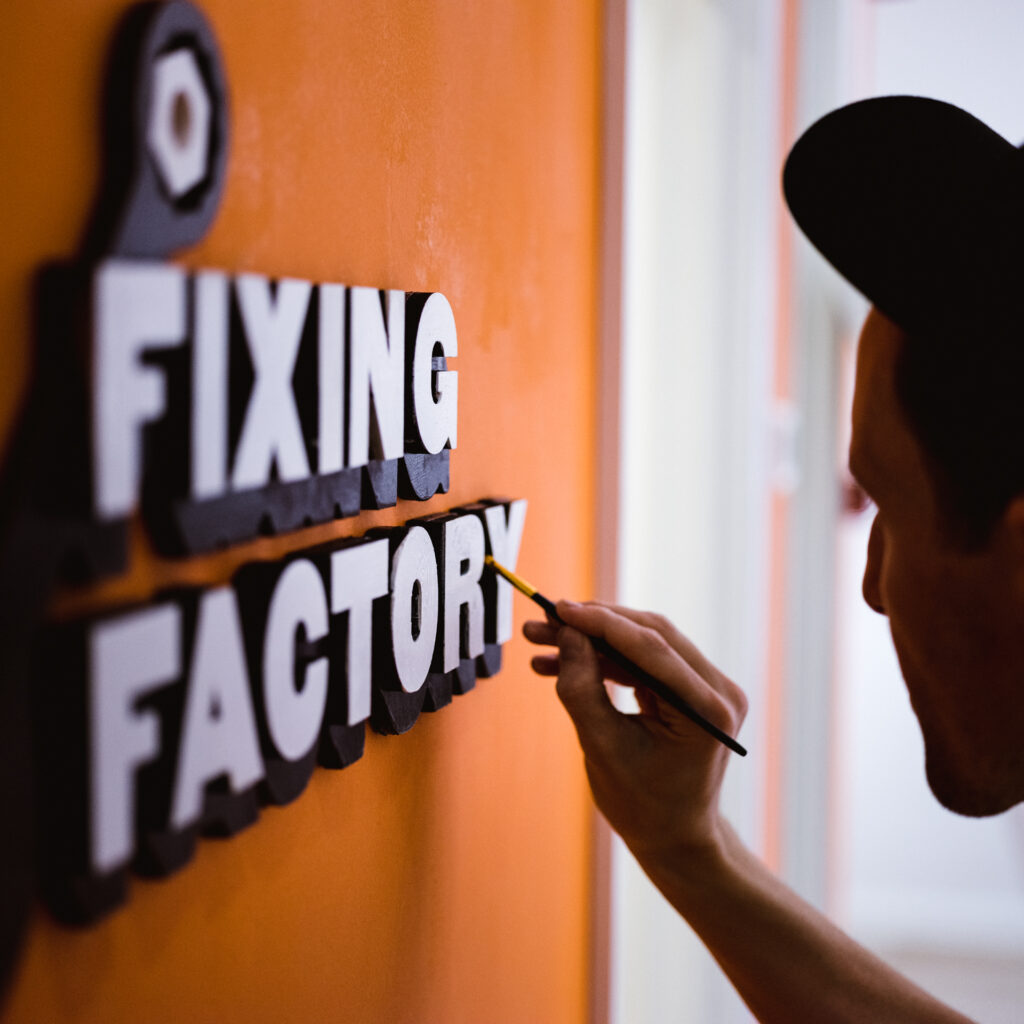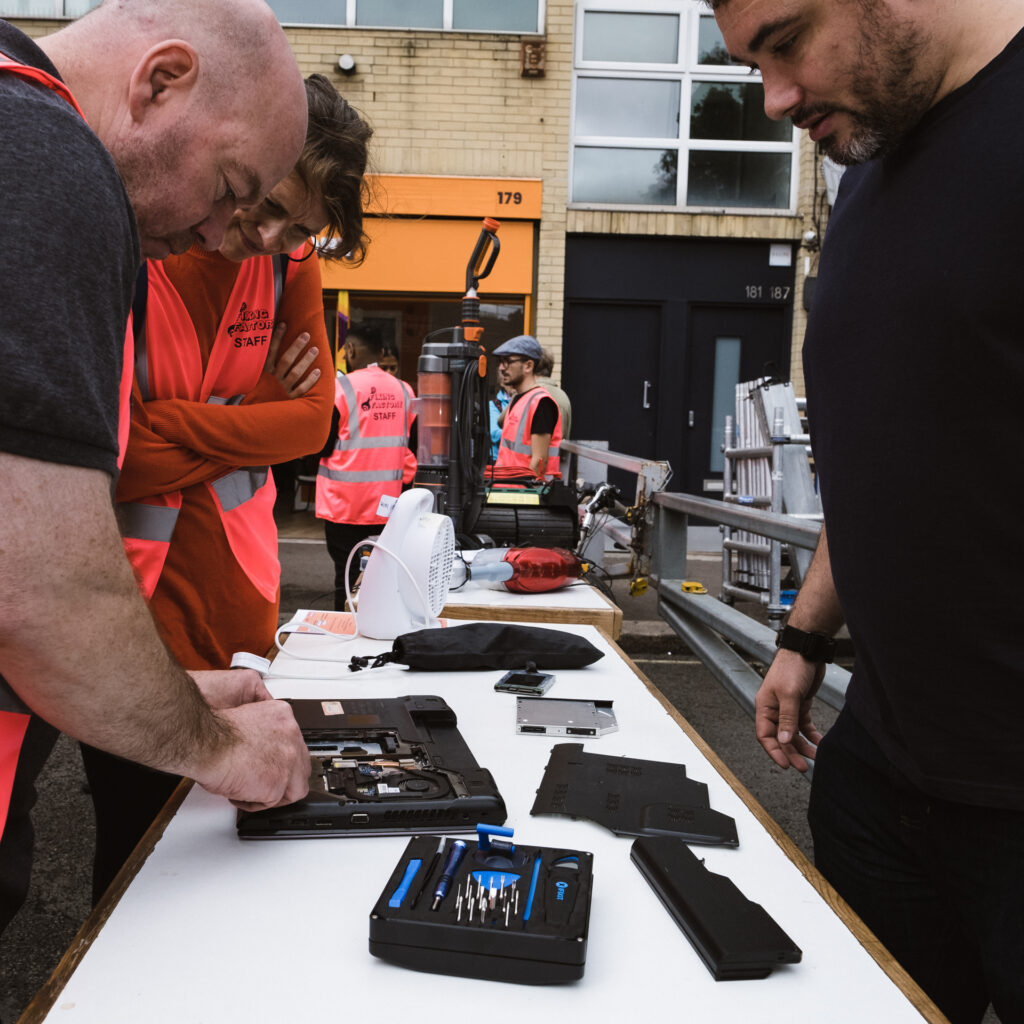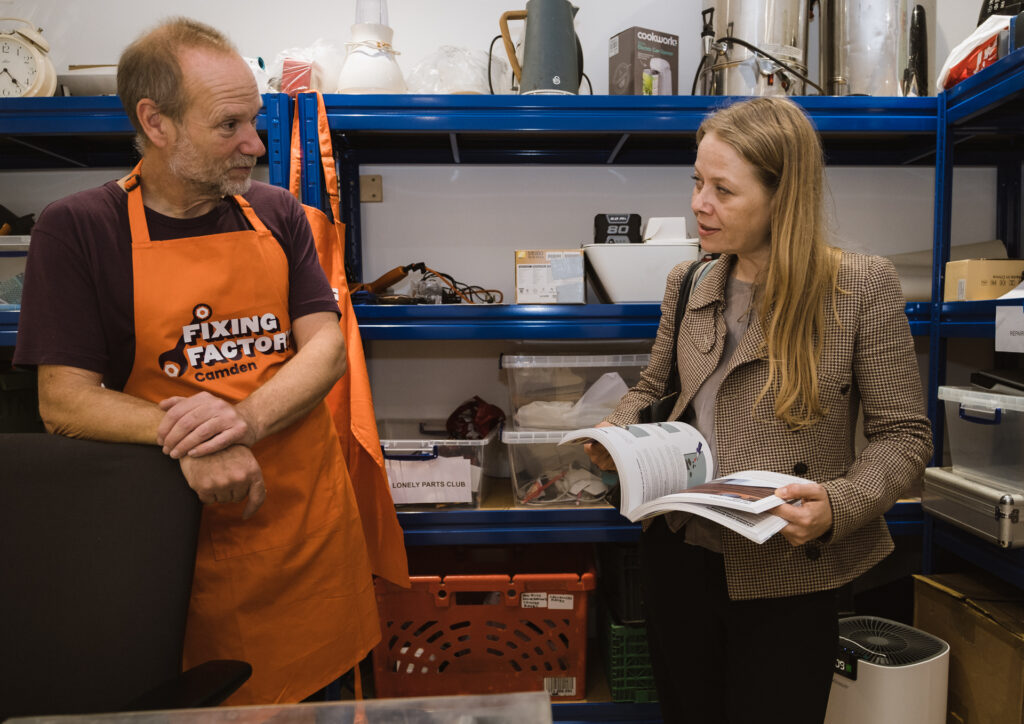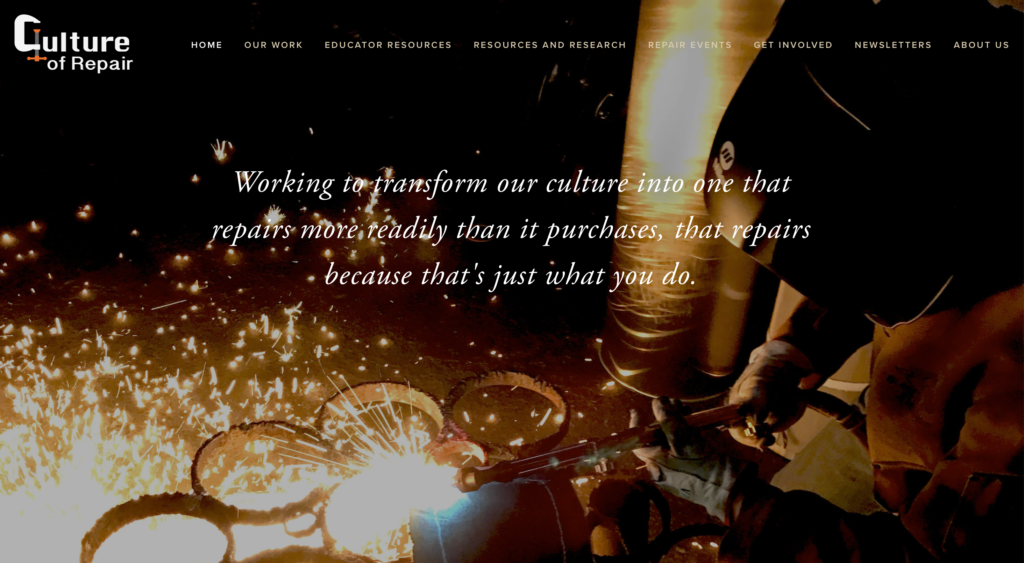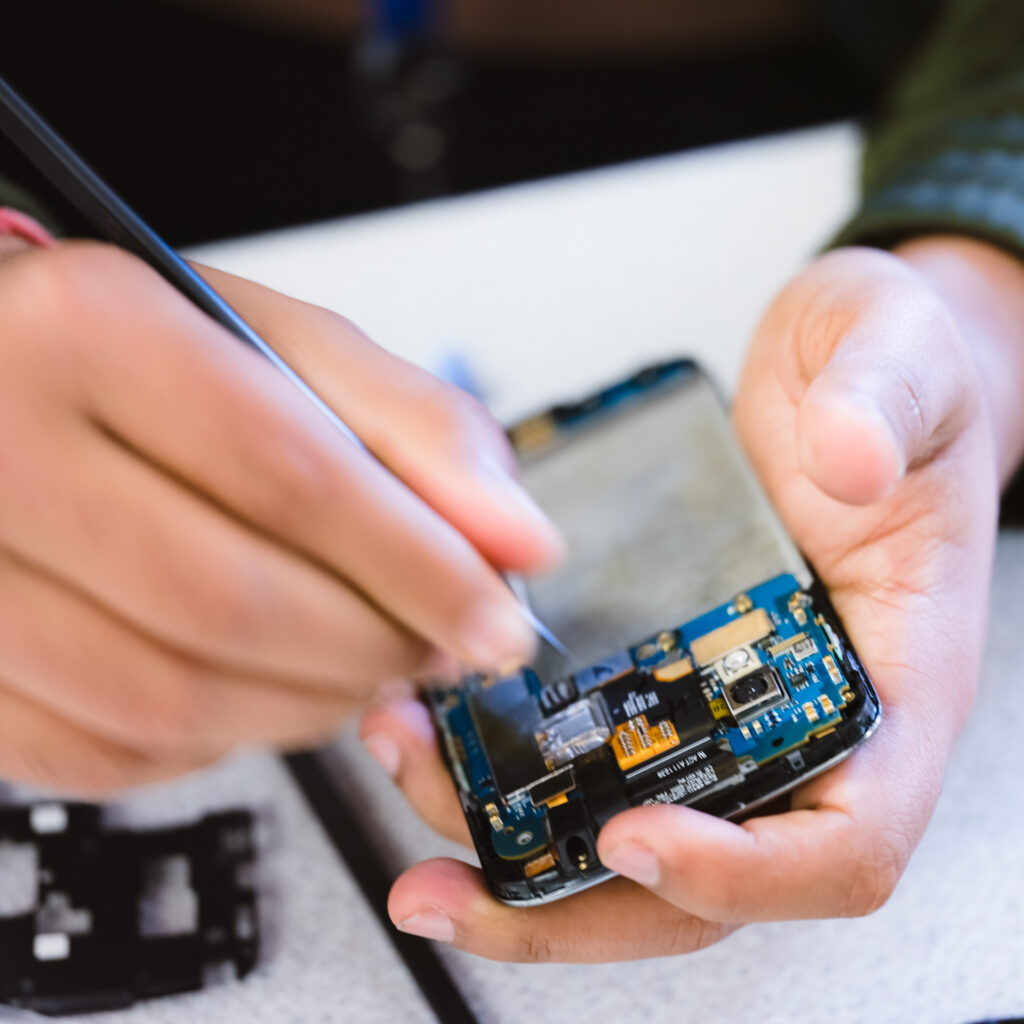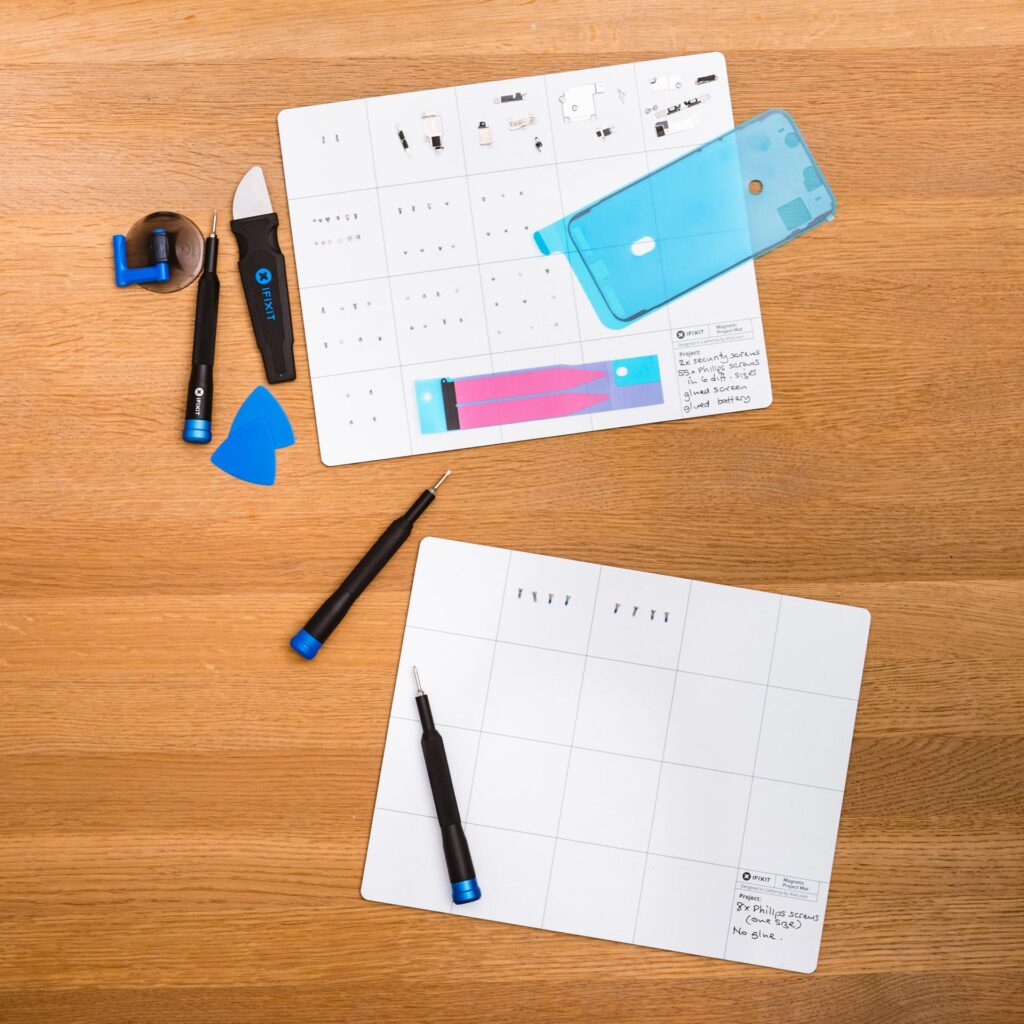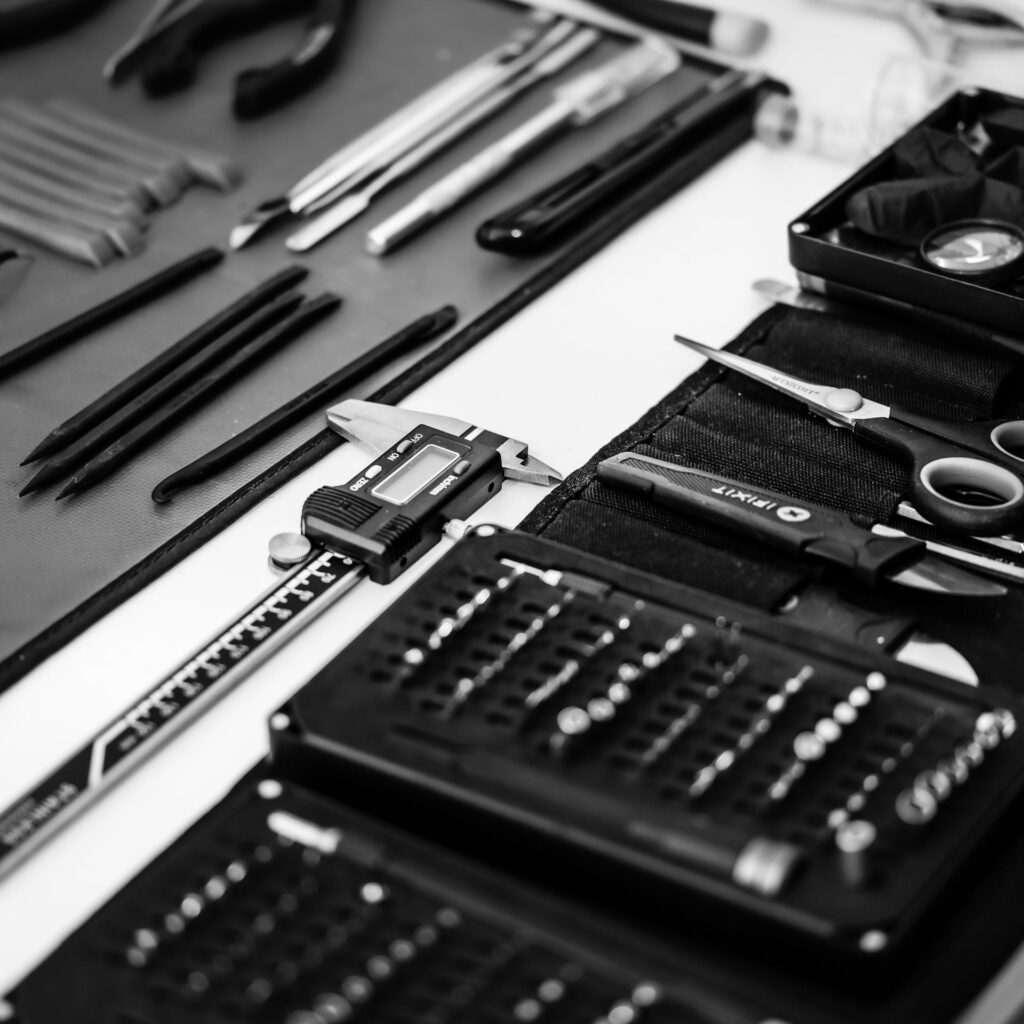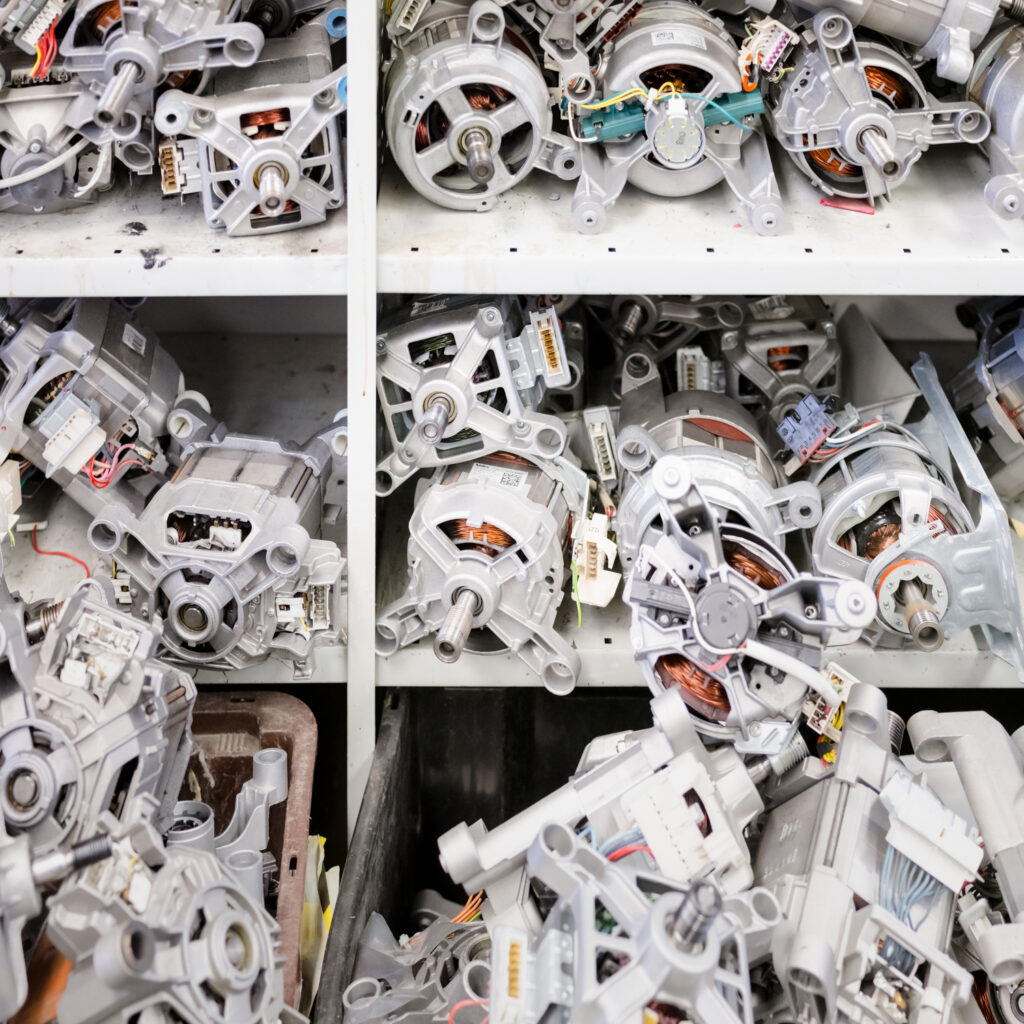act now
In the UK, councils and local authorities provide our best opportunity to make a meaningful improvements in repair and reuse capability; at least until we have a proper ‘right to repair’.
unbroken.solutions is starting a campaign to encourage greater support, by using a combination of exhibitions and a photobook and ‘zines’ to engage local councils and the public.

Some councils have already helped provide some funding, or access to facilities, or signposted community repair as an option. Examples such as Share and Repair in Bath, Re:Make Newport and the Fixing Factory in Camden show that community repair can be on the high street. This makes it more visible and available to many more people. But we can do much more.
The first part of the campaign is to distribute a photo book to 260 major councils and waste authorities in the UK. The photo book documents the impact and many solutions from across the world.
The ask is simple: to do more to support repair and reuse. The act now page on this site provides additional links to resources to support this.
In combination with the unbroken.solutions photobook an act now ‘zine’ has been produced to distribute via the community repair network, to the public, asking them to request more local solutions and capability.

Both the book and the zine have been produced in the UK to reduce environmental impact, using printers with strong eco-credentials and an ISO14001 environmental management system, designed to minimise manufacturing waste and using Carbon Neutral and FSC chain of custody sources of paper and card.
The campaign will distribute both the books and the zines over the next few months and encourage councils and the public to provide examples of action.


